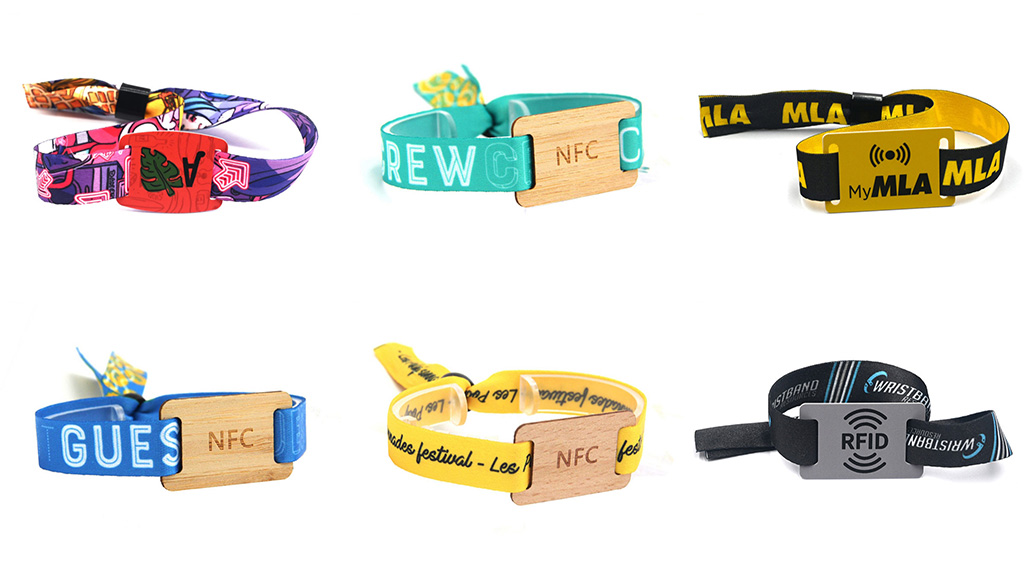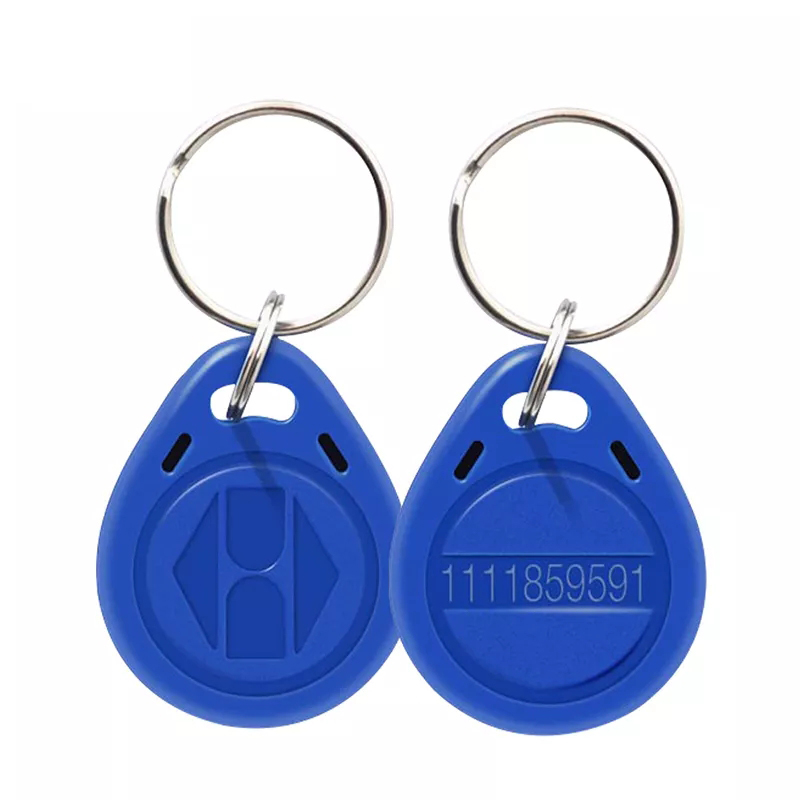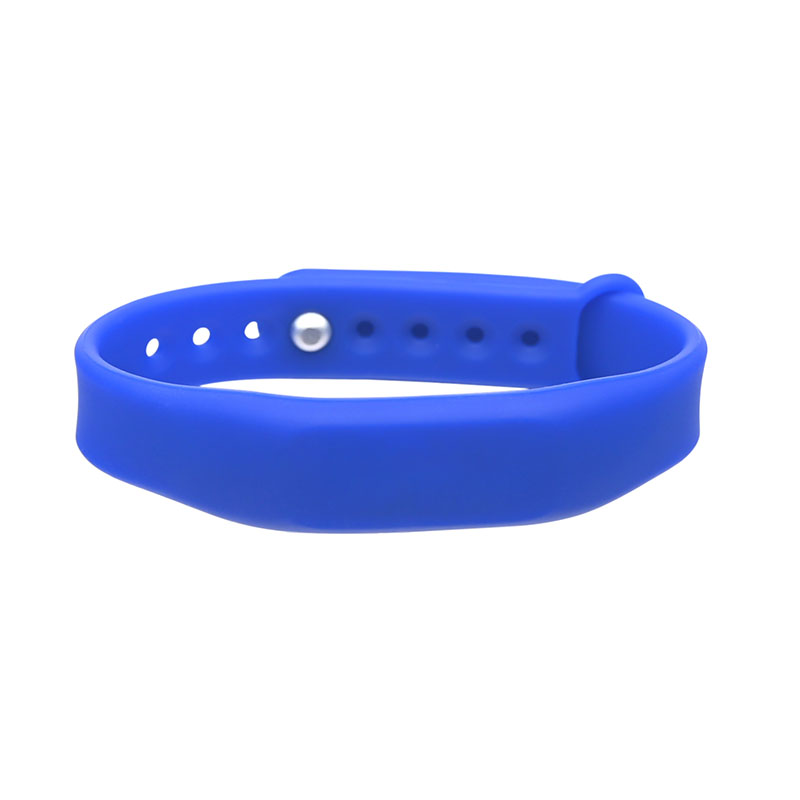
In the age of smart tourism and heightened guest expectations, amusement parks around the world are rapidly embracing digital transformation. As venues that attract thousands of daily visitors and operate with numerous moving parts, amusement parks require robust systems to streamline entry, payment, security, and customer experience. Among various technologies adopted, RFID (Radio Frequency Identification) wristbands have proven to be one of the most versatile and efficient solutions.
RFID Wristbands function by using electromagnetic fields to automatically identify and track tags attached to objects, in this case, embedded in wearable devices. Unlike traditional paper tickets or even barcode systems, RFID Wristbands enable real-time interaction, data collection, and high-speed processing without direct contact. In this blog, we explore five of the most effective ways RFID Wristbands are revolutionizing the amusement park experience.
1. Seamless Access Control and Ticket Validation
Managing crowd flow is a major challenge for amusement parks, especially during peak tourist seasons. Traditional ticketing systems involving paper or QR code scanning can result in long queues and slow access, reducing visitor satisfaction and increasing operational burden. RFID Wristbands eliminate this friction by allowing contactless entry. Visitors simply wave their wristbands near an RFID reader to gain instant access, making entry and re-entry fast and convenient.
Beyond the main entrance, RFID Wristbands can be programmed to authorize access to specific park zones, VIP areas, or water parks. This segmented access control is particularly valuable for multi-attraction venues. For instance, a family ticket can grant general access while adding permissions for children to enter designated kid zones and adults to access exclusive lounges.
In regions like Thailand and Indonesia, where major amusement parks such as Dream World Bangkok or Trans Studio Bandung serve thousands daily, implementing RFID Wristbands has significantly improved gate throughput. The ability to synchronize RFID systems with online booking platforms allows guests to skip the ticket booth entirely, enabling a fully digital, mobile-first guest journey.
2. Cashless Payments for Food, Merchandise, and Games
Handling cash in a high-traffic environment like an amusement park is not only inefficient but also poses hygiene and security risks. RFID Wristbands equipped with e-wallet functionality offer a contactless, cashless payment experience. Guests can preload funds onto their wristbands at kiosks or via mobile apps and use them for food, beverages, games, or souvenir shopping.
In tropical climates such as Malaysia, Singapore, and the Philippines, where water attractions are a major draw, waterproof RFID Wristbands ensure payment is possible even when guests are wet or in swimwear. Parks like Sunway Lagoon in Kuala Lumpur have successfully deployed RFID payment systems to improve transaction speed and minimize theft.
This system also allows families to set spending limits for children or allocate different balances for group members. Transaction data can be synchronized with central servers to track guest spending behavior and inventory movement in real-time. Vendors benefit from faster turnover, fewer cash-handling errors, and better inventory insights.
Moreover, loyalty points, discounts, and special offers can be embedded into the wristband system. A guest who spends over a certain amount might automatically unlock a free drink or a photo souvenir, enhancing the overall experience.
3. Virtual Queue Management and Ride Reservation
Long lines at popular rides remain one of the most common complaints among park visitors. RFID Wristbands offer a modern solution to this problem through virtual queuing. Instead of standing in a physical line, guests can tap their wristbands at a reservation kiosk or via mobile app integration to reserve a ride time slot.
Once reserved, guests are free to explore other parts of the park, eat, or relax until their designated time. When it’s time to ride, the RFID system notifies them through park screens or mobile alerts. This not only improves guest satisfaction but also optimizes park traffic flow.
Systems like these have been successfully tested in parks like Universal Studios Singapore and VinWonders Vietnam, where tourist density is high and guest time is valuable. The virtual queue system also allows operators to gather real-time data on ride popularity, wait times, and guest preferences.
Furthermore, special access passes can be embedded into premium-tier wristbands, allowing priority access or extra reservations. Such tiered systems can be monetized as part of VIP packages.

4. Enhanced Safety for Children and Group Management
Child safety is a top concern for families visiting amusement parks. RFID Wristbands help parents and park staff keep track of young visitors in real time. Each child’s wristband can be linked to a parent’s or guardian’s, allowing for GPS-style tracking within the park premises. Alerts can be set if a child wanders into restricted areas.
In the context of school trips or tour groups, RFID Wristbands enable group leaders to monitor all participants at a glance. Check-ins at entrances, rides, and restaurants can be automated, reducing the risk of losing group members in large crowds. Emergency contact information can also be encoded into the wristbands.
For example, if a child is lost at a park like Enchanted Kingdom in the Philippines, staff can scan the wristband to instantly retrieve guardian contact details, last check-in locations, and medical alerts. Such features significantly reduce response time and anxiety.
The technology can also be used for health and safety monitoring. RFID Wristbands with temperature sensors or activity trackers can help staff identify signs of heat exhaustion, common in outdoor parks in hot climates.
5. Personalized Experiences and Data Collection
In the competitive entertainment industry, understanding guest behavior is critical. RFID Wristbands offer parks the ability to collect and analyze detailed data about individual visitor journeys. Every interaction, from ride usage to purchase history, becomes a data point that helps improve the park’s operational intelligence.
This data can be used to tailor experiences in real-time. For instance, a guest who frequently visits thrill rides might receive a notification about an exclusive offer at the newest roller coaster. Families spending more time at food stalls can be shown family combo discounts or nearby shaded rest zones.
RFID data also helps in capacity planning. By identifying peak hours and popular zones, operators can optimize staffing and reduce bottlenecks. Over time, this leads to better resource allocation and increased guest satisfaction.
Additionally, parks can integrate RFID systems with customer relationship management (CRM) platforms to build long-term loyalty. Personalized emails, birthday discounts, or early access to new attractions can be automatically triggered based on wristband data.
Multilingual capabilities, essential for parks serving international visitors across Southeast Asia, can also be embedded into the RFID system, allowing guests to receive instructions, alerts, and messages in their preferred language.
Conclusion: Smarter Parks Start with Smarter Tools
RFID Wristbands are more than just an access pass; they represent a central component of the modern, connected amusement park. From streamlining operations to enhancing the visitor journey, RFID technology delivers measurable benefits to park owners, staff, and guests alike.
For parks across Asia and beyond, embracing RFID Wristbands is not simply a tech upgrade—it is a strategic move toward a more efficient, secure, and personalized future. As competition intensifies and guests demand seamless, contactless experiences, the adoption of RFID solutions will no longer be optional but essential.
If your amusement park or entertainment venue is ready to explore RFID solutions such as wristbands, cards, or smart labels, contact Card Cube Group. With 15 years of experience as a trusted RFID product manufacturer, we offer customizable solutions tailored to your brand and operational needs.
Empower your park with the future of visitor management—one wrist at a time.






